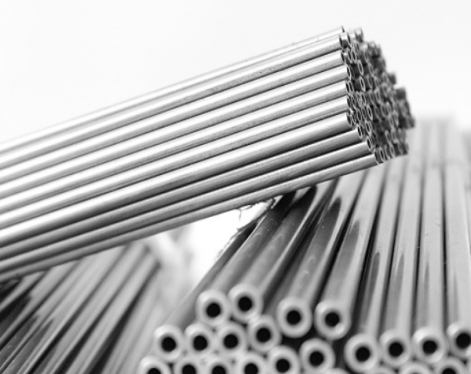In order to complete the construction safely and quickly, it is essential to calculate the pressure of the seamless pipe, especially the calculation of the internal pressure.
The maximum internal water pressure (pressure) of the seamless pipe:
P=2T[S]/D
P——the water pressure in the pipe, MPa;
D——the inner diameter of the pipe, mm;
S——the tolerance of the pipe Use tensile stress strength, MPa;
T——tube wall thickness, mm.
This formula is obtained by analyzing the force of a unit length of water pipe. It means to take a unit length of water pipe, cut it open, take out half, and study the balance between the water pressure acting on it and the pipe wall tension to get this formula. (The water pressure is PD, and the pipe wall tension is 2T[S]. The two are equal, that is, PD=2T[S]. Divide both sides by D to get this formula.)
The so-called maximum pressure refers to the pressure that can be withstood when the safety factor is equal to 1.
The above formula does not consider the safety factor. If the safety factor K is considered (K is greater than 1), then P=2T[S]/(KD)
This formula can be used for seamless pipes, welded pipes, and stainless pipes, but the allowable tensile stress strength [S] of the pipes in the formula is different, and the [S] of welded pipes also depends on the quality of the weld.
It should be emphasized that the pressure here refers to the internal water pressure of the pipeline, not the pressure outside the pipeline, and the pressure on the outside of the pipeline should be considered separately.
In the actual construction process, the pressure application of seamless pipes should be greater than the theoretical pressure value.
The maximum internal water pressure (pressure) of the seamless pipe:
P=2T[S]/D
P——the water pressure in the pipe, MPa;
D——the inner diameter of the pipe, mm;
S——the tolerance of the pipe Use tensile stress strength, MPa;
T——tube wall thickness, mm.
This formula is obtained by analyzing the force of a unit length of water pipe. It means to take a unit length of water pipe, cut it open, take out half, and study the balance between the water pressure acting on it and the pipe wall tension to get this formula. (The water pressure is PD, and the pipe wall tension is 2T[S]. The two are equal, that is, PD=2T[S]. Divide both sides by D to get this formula.)
The so-called maximum pressure refers to the pressure that can be withstood when the safety factor is equal to 1.
The above formula does not consider the safety factor. If the safety factor K is considered (K is greater than 1), then P=2T[S]/(KD)
This formula can be used for seamless pipes, welded pipes, and stainless pipes, but the allowable tensile stress strength [S] of the pipes in the formula is different, and the [S] of welded pipes also depends on the quality of the weld.
It should be emphasized that the pressure here refers to the internal water pressure of the pipeline, not the pressure outside the pipeline, and the pressure on the outside of the pipeline should be considered separately.
In the actual construction process, the pressure application of seamless pipes should be greater than the theoretical pressure value.









